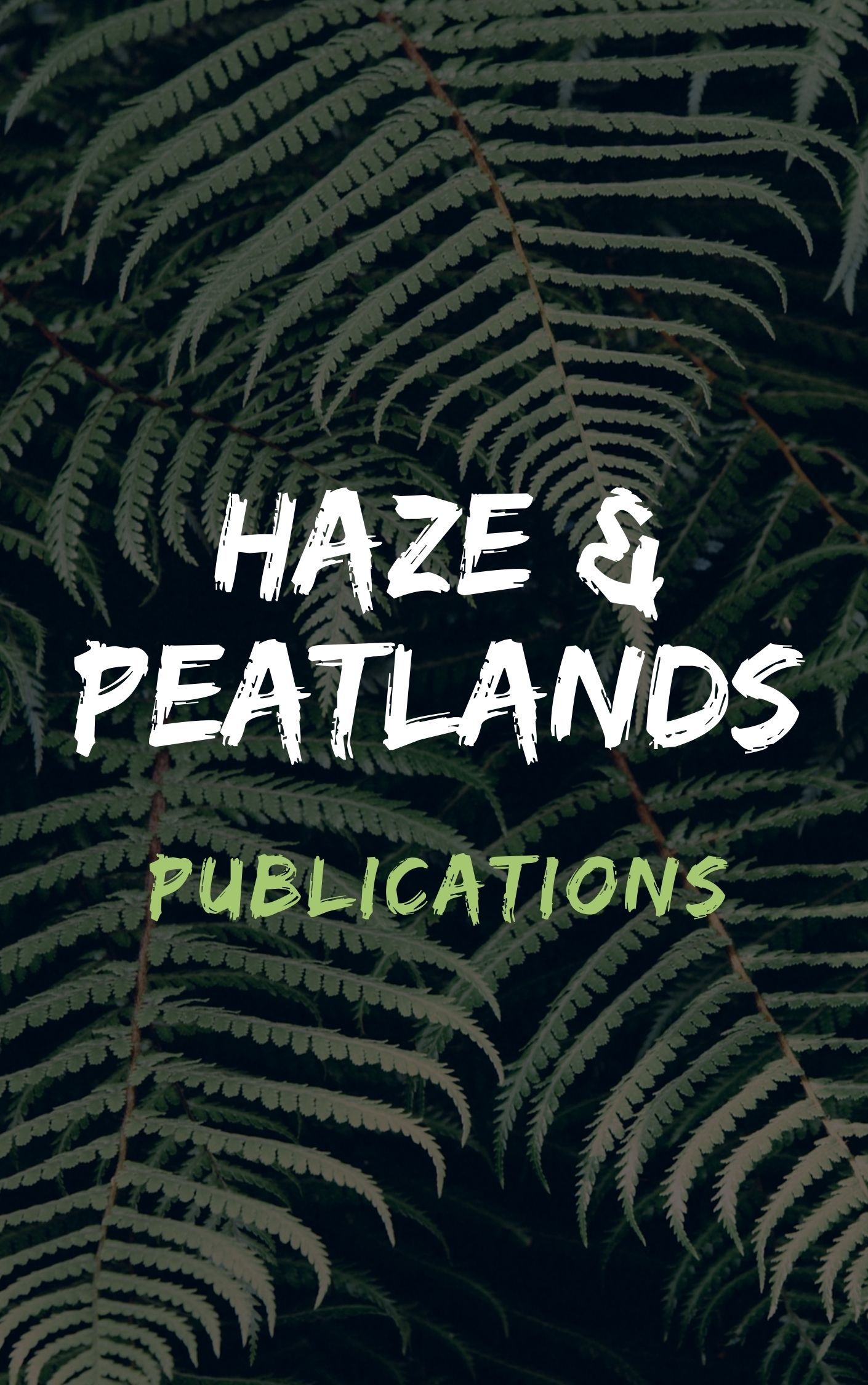In comparison to the northern hemisphere, Sphagnum peatlands are an unusual and infrequent component of the Australasian landscape. Most peatlands in Australasia are primarily composed of either Restionaceous or Cyperaceous peats. Sphagnum peatlands in Australia and Papua New Guinea/Irian Jaya (now West Papua) are largely located in montane and alpine environments, but also occur down to sea level in New Zealand and as moss patches on some subantarctic islands. Fire is a major determinant of the characteristics of peatlands in Australasia. Peatland management in Australasia is hindered by the need for increased understanding of peatland processes to enable a sustainable balance of conservation of a small resource with localised utilisation. The management focus in Australasia has largely been on ensuring ecologically sustainable Sphagnum moss harvesting, with limited peat mining. We have found that general recovery of Sphagnum after moss harvesting can be enhanced by harvesting larger peatlands, and by leaving one-third of the acrotelm to regenerate. The largest upland peat swamp in mainland Australia, Wingecarribee Swamp, suffered a major collapse in 1998 following peat mining. Environmental and management consequences of this collapse have major ramifications for rehabilitation options. Sphagnum peatlands in Australasia are likely to be adversely affected by drainage, burning, grazing, trampling, global warming and peat mining.
Keyword(s)
Sedges, Sustainability Science Abstracts, ASFA 3: Aquatic Pollution & Environmental Quality, ASFA 1: Biological Sciences & Living Resources, Ecology Abstracts, Human Population, Environment management, Papua New Guinea, Australasia, Conservation, Freshwater, Wetlands, Sphagnum, Mining, Ecological crisis, Vegetation cover, Restionaceae, Ecological distribution, Human impact, Indonesia, Irian Jaya, Harvesting, Peatlands, Climatic changes, Habitat improvement, Plant populations, Sea level, Grazing, Environmental impact, Peat, Swamps, Drainage, New Zealand, Hydrology, Cyperaceae, Resource management, Australia, D 04700:Management, M1 325:Human Habitat & Natural Resource Development, Q5 08522:Protective measures and control, M3 1010:Issues in Sustainable Development, Q1 08463:Habitat community studies

